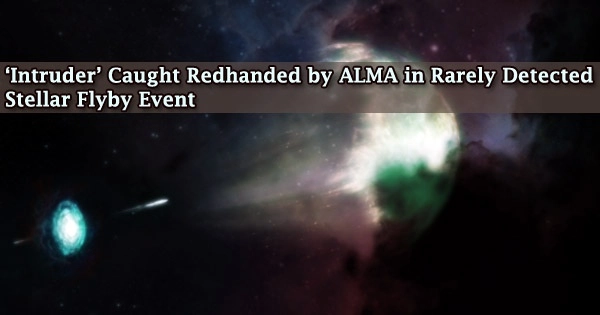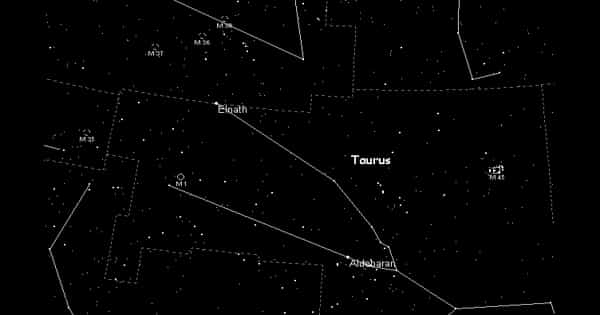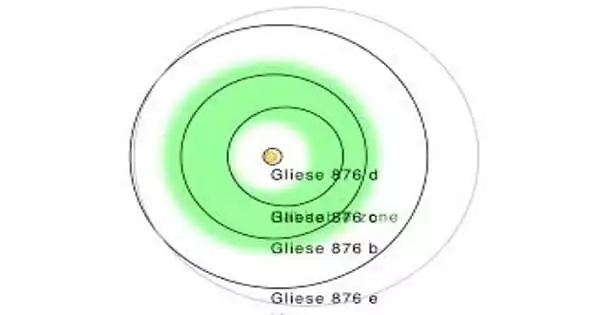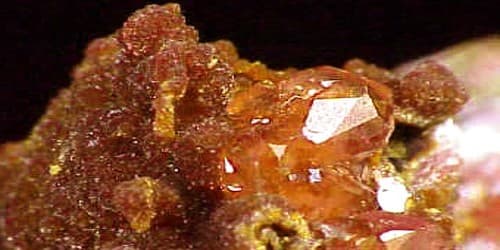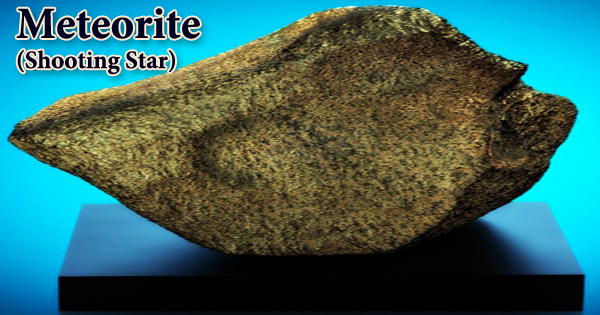Researchers utilizing the Karl G. Jansky Very Large Array (VLA) and the Atacama Large Millimeter/submillimeter Array (ALMA) made a rare identification of a probable stellar flyby event in the Z Canis Majoris (Z CMa) star system.
The binary protostar was surrounded by chaotic, stretched-out streams of dust and gas due to an intrusive, not bound to the system item that came in close proximity to it and interacted with its surroundings.
Although such intruder-based flyby occurrences have occasionally been observed in computer simulations of star formation in the past, very few conclusive direct sightings have ever been obtained, and the events have remained purely speculative up until now.
“Observational evidence of flyby events is difficult to obtain because these events happen fast and it is difficult to capture them in action. What we have done with our ALMA Band 6 and VLA observations is equivalent to capturing lightning striking a tree,” said Ruobing Dong, an astronomer at the University of Victoria in Canada and the principal investigator on the new study.
“This discovery shows that close encounters between young stars harboring disks do happen in real life, and they are not just theoretical situations seen in computer simulations. Prior observational studies had seen flybys, but hadn’t been able to collect the comprehensive evidence we were able to obtain of the event at Z CMa.”
Perturbations, or disturbances, like those at Z CMa aren’t typically caused by intruders, but rather by sibling stars growing up together in space.
This discovery shows that close encounters between young stars harboring disks do happen in real life, and they are not just theoretical situations seen in computer simulations. Prior observational studies had seen flybys, but hadn’t been able to collect the comprehensive evidence we were able to obtain of the event at Z CMa.
Ruobing Dong
Hau-Yu Baobab Liu, an astronomer at the Institute of Astronomy and Astrophysics at Academia Sinica in Taiwan and a co-author on the paper, said, “Most often, stars do not form in isolation. The twins, or even triplets or quadruplets, born together may be gravitationally attracted and, as a result, closely approach each other. During these moments, some material on the stars’ protoplanetary disks may be stripped off to form extended gas streams that provide clues to astronomers about the history of past stellar encounters.”
In the instance of Z CMa, the morphology, or structure, of these streams assisted researchers in identifying and locating the intrusive object, according to Nicolás Cuello, an astronomer and Marie Curie Fellow at Université Grenoble Alpes in France and a co-author on the work.
“When a stellar encounter occurs, it causes changes in disk morphology spirals, warps, shadows, etc. that could be considered as flyby fingerprints. In this case, by looking very carefully at Z CMa’s disk, we revealed the presence of several flyby fingerprints.”
In addition to assisting in the identification of the intrusive object, these fingerprints prompted scientists to speculate about the implications of these encounters for Z CMa’s future and the fate of the young planets that are currently forming in the system.
“What we now know with this new research is that flyby events do occur in nature and that they have major impacts on the gaseous circumstellar disks, which are the birth cradles of planets, surrounding baby stars,” said Cuello. “Flyby events can dramatically perturb the circumstellar disks around participant stars, as we’ve seen with the production of long streamers around Z CMa.”
Liu added, “These perturbers not only cause gaseous streams but may also impact the thermal history of the involved host stars, like Z CMa. This can lead to such violent events as accretion outbursts, and also impact the development of the overall star system in ways that we haven’t yet observed or defined.”
Dong claimed that by examining the development and evolution of young star systems throughout the galaxy, astronomers can learn more about the history of our own Solar System.
Studying these kinds of occurrences provides a window into the past, allowing us to speculate about historical events like the possible early history of our own Solar System, for which there is no longer any significant evidence.
“Watching these events take place in a newly forming star system provides us with the information needed to say, ‘Ah-ha! This is what may have happened to our own Solar System long ago.’ Right now, VLA and ALMA have given us the first evidence to solve this mystery, and the next generations of these technologies will open windows on the Universe that we have yet only dreamed of.”
Recently, the National Radio Astronomy Observatory (NRAO) received approval for its Central Development Laboratory (CDL) to develop a multi-million dollar upgrade to ALMA’s Band 6 receiver, and the Observatory’s next-generation VLA (ngVLA) received strong support from the astronomical community in the Astro2020 Decadal Survey.
Better observations and a possibly large rise in the discovery of hard-to-see objects, like Z CMa’s star invader, will result from technological breakthroughs for both telescopes. Both projects are funded in part by the National Science Foundation (NSF).
“These observations highlight the synergy that can come from a newer instrument working in concert with a more seasoned one, and how good a workhorse the ALMA Band 6 receiver is,” said Dr. Joe Pesce, astrophysicist and ALMA Program Director at the NSF. “I look forward to the even-better results the upgraded ALMA Band 6 receiver will enable.”
